This article is an on-site version of our FirstFT newsletter. Subscribers can sign up to our Asia, Europe/Africa or Americas edition to receive the newsletter every weekday. Explore all of our newsletters here
In today’s newsletter:
Good morning. China’s exports soared in October and its trade surplus ballooned, official data showed yesterday, just days after Donald Trump won the US presidential election with promises of sweeping tariffs to suppress imports from China.
The bumper export figures are expected to inflame tensions between Trump’s incoming administration and Beijing. The president-elect, a self-described “Tariff Man”, is expected to move quickly and “ruthlessly” in threatening the US’s trading partners with steep levies on their imports once he takes office, say former trade officials and advisers.
Trump has threatened levies of up to 20 per cent on all imports and 60 per cent on those from China — measures that are more stringent and broader than those deployed during his first term in office.
China’s October export surge was probably partly because “the prospect of a Trump victory” and anticipated tariffs spurred exporters to front-load shipments, said Shuang Ding, head of greater China economic research at Standard Chartered.
Analysts said China’s burgeoning trade surplus — which hit $95.7bn in October compared with forecasts of $75bn — would provoke Trump.
“Of course China will be on top of the list,” said Wang Dong, executive director of the Institute for Global Cooperation and Understanding at Peking University. “The stability, the relative improvement that we have been witnessing . . . will probably come to an end.” Here’s how Beijing could respond to aggressive new tariffs under a second Trump administration.
Trump’s victory continues to reverberate around the US and the world — here’s more coverage:
-
Japan: The country’s top currency diplomat said the government was ready to take action against “excess moves” in the yen as Asian currencies showed further weakness against a resurgent US dollar in the wake of Trump’s victory.
-
‘Brave new world’: Trump’s re-election threatens to accelerate the end of the US-led postwar order — if not render it irrelevant.
-
Blame game: Joe Biden called on Americans to “bring down the temperature” in US politics, as Democrats began pointing fingers over Harris’s heavy defeat against Trump. Some critics say the party misread voters.
-
From felon to president-elect: Trump, a twice-impeached convicted criminal, defied assassins and the political odds to win back the White House.
Sign up for our White House Watch newsletter for more analysis on the far-reaching repercussions of Trump’s second term. And here’s what else we’re keeping tabs on today and over the weekend:
-
Economic data: Japan reports household spending for September and Taiwan releases October trade figures. China reports October inflation data on Saturday.
-
Results: Tata Motors and Sony report earnings.
How well did you keep up with the news this week? Take our quiz.
Five more top stories
1. Nissan has launched an emergency turnaround plan that includes 9,000 job losses and a voluntary 50 per cent pay cut for chief executive Makoto Uchida after unveiling it had fallen to a quarterly loss. Japan’s third-largest carmaker said it would slash global production capacity by 20 per cent. Read more about the troubles at Nissan.
2. The US Federal Reserve cut its benchmark interest rate by a quarter point yesterday, marking a decline in the pace from September’s half-point cut. Its chair Jay Powell hailed the strength of the US economy and said he would not resign if Donald Trump asked him to.
3. Bangladesh has staved off more power cuts by India’s Adani Group after supplying the conglomerate with a new credit letter and reassurances that it will clear its mounting electricity bill. Billionaire Gautam Adani’s group began reducing electricity supplies to Bangladesh last week over a backlog of overdue payments estimated by the group to be about $850mn.
4. German opposition leader Friedrich Merz has called for snap elections as early as January following the collapse of Olaf Scholz’s government. Merz rejected the timetable set out by the German chancellor after he broke up the governing coalition, plunging Europe’s largest economy into political turmoil.
5. Volodymyr Zelenskyy has said it would be “unacceptable” and “suicidal” for Europe to ask Ukraine to make concessions to Russia in exchange for a potential peace deal. The Ukrainian president’s comments came at a European security summit hosted by Hungary’s Prime Minister Viktor Orbán, who has broken with EU and Nato policy to push for immediate peace.
The Big Read

In the end, it wasn’t even close. A presidential election long forecast to dance on a knife’s edge very quickly turned into a rout for Donald Trump. Today’s Big Read has the five maps and charts that show how the Republican candidate defied conventional assumptions about his support and redrew America’s political map.
We’re also reading . . .
-
The lure of the strongman: Trump has fundamentally shifted the norms and ideology of American politics, writes Gideon Rachman.
-
Australian business scandals: A spate of controversies has put the country’s boards on notice, Nic Fildes explains.
-
World trade: Just how dependent is the world trading system on the US? We’re about to stress-test the question with Trump headed back to the White House, writes Alan Beattie.
Chart of the day
With their crushing defeat in this week’s US election, the Democrats joined Britain’s Tories and Japan’s Liberal Democrats in 2024’s graveyard of incumbents in an unprecedented year of elections, writes our chief data reporter John Burn-Murdoch.
Take a break from the news
Our Lego-loving food writer Tim Hayward dined at the Mini Chef café at the toymakers’ Danish headquarters. A meal prepared by tiny plastic people sparked a revelation about hospitality.




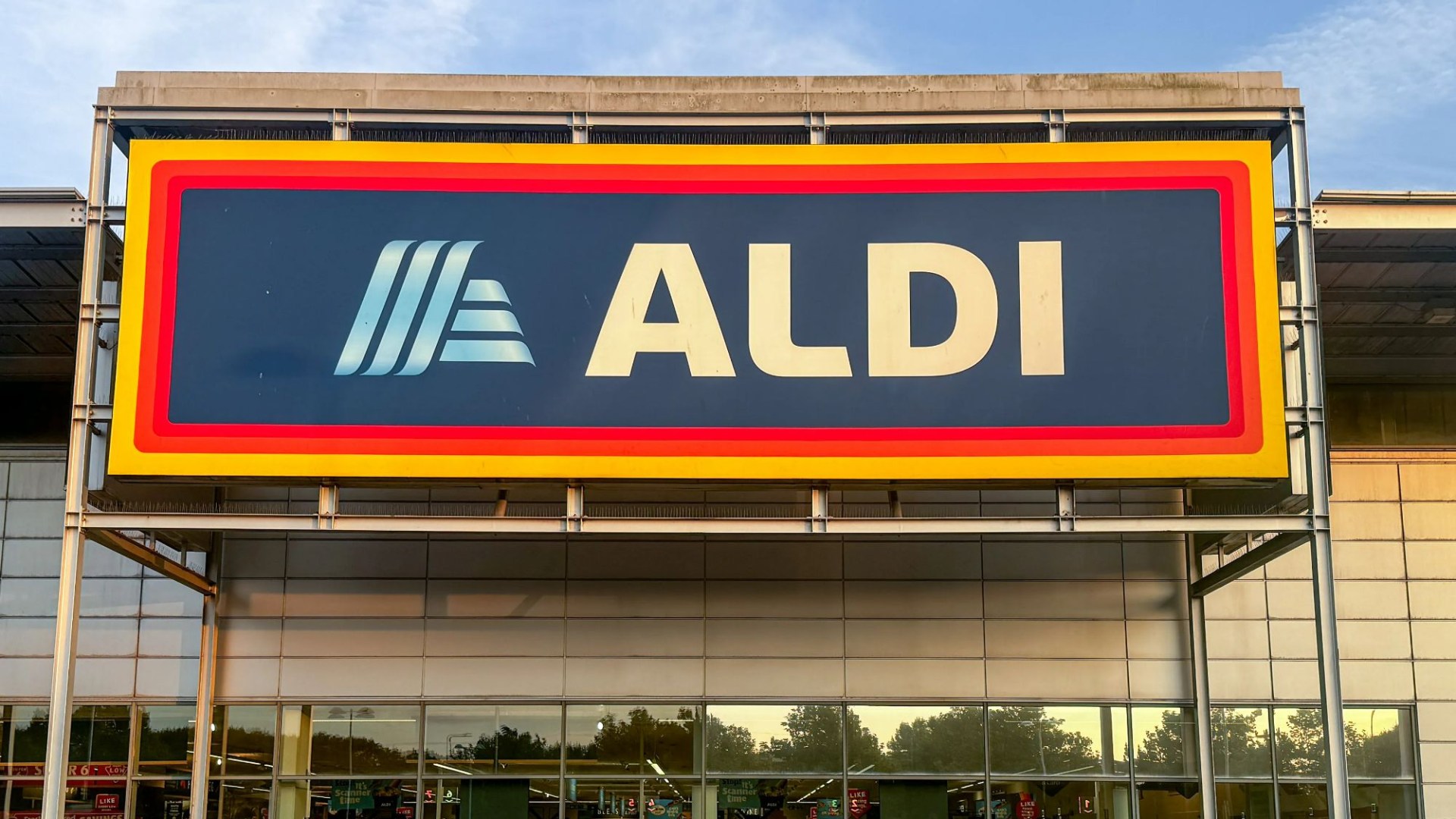
















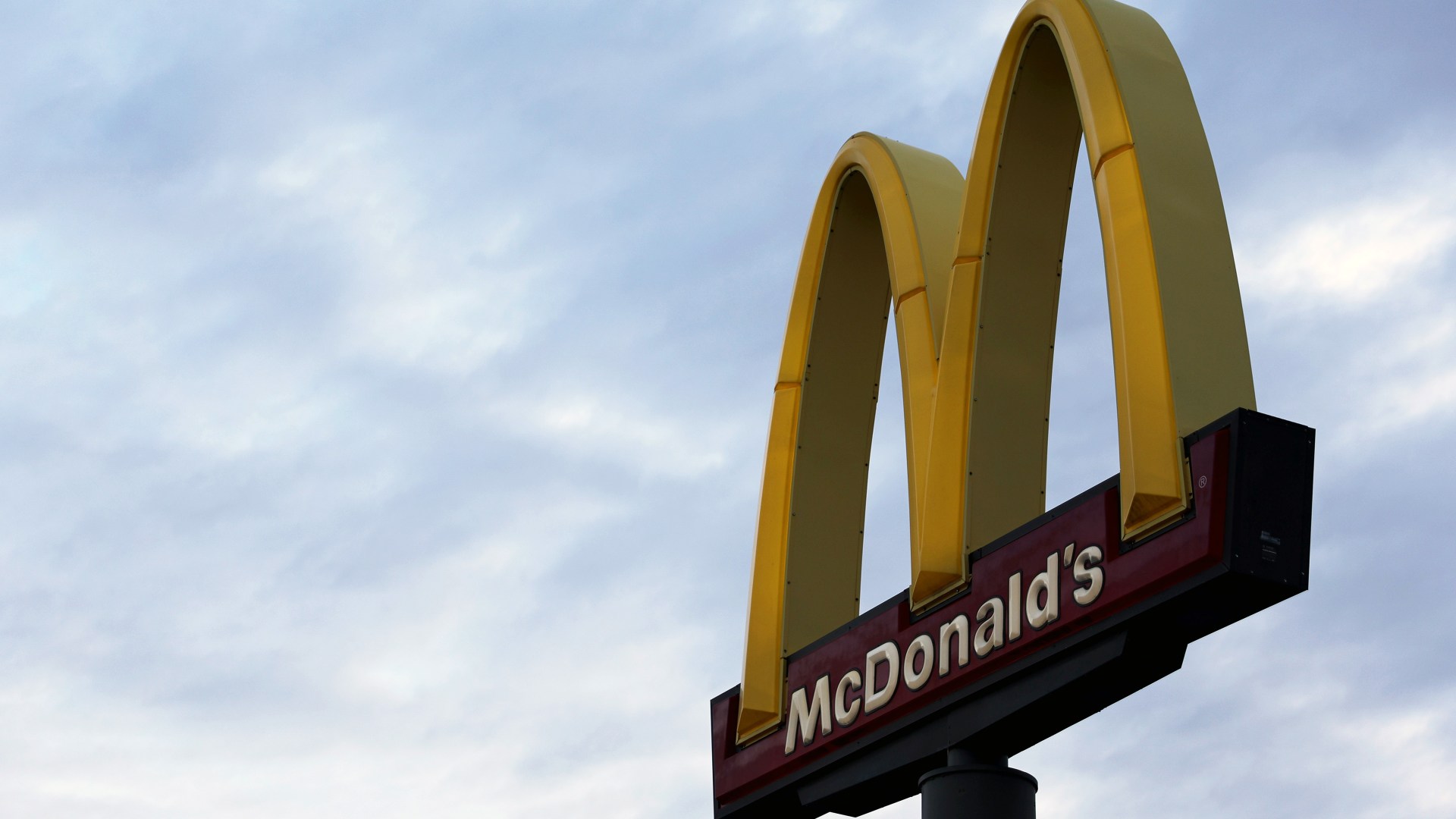


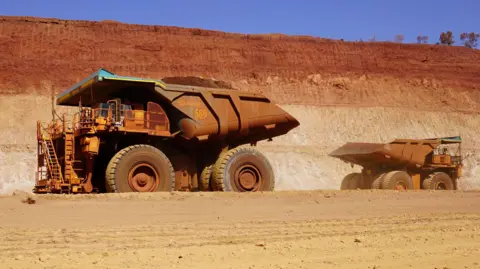
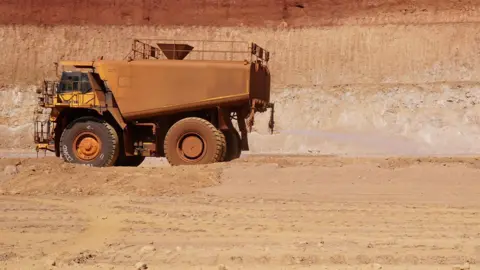
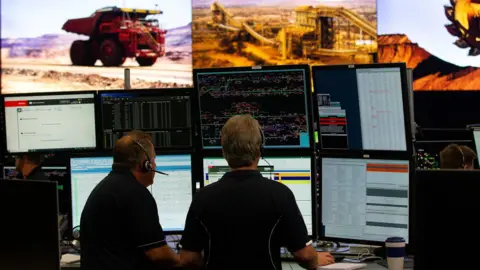
































































































































































You must be logged in to post a comment Login